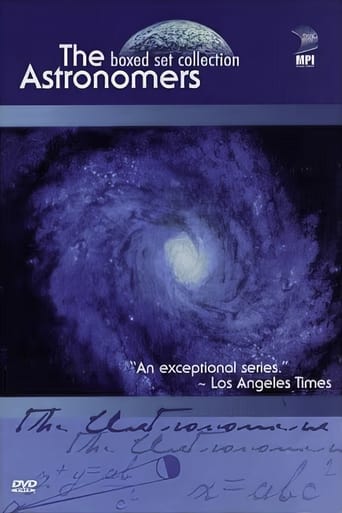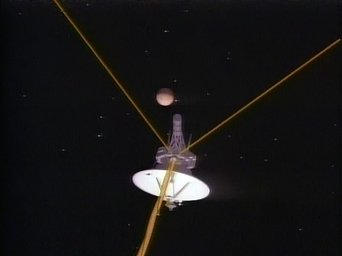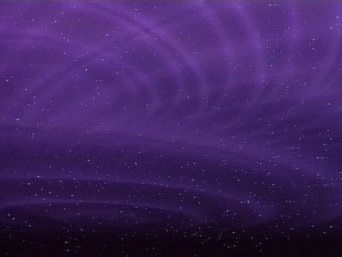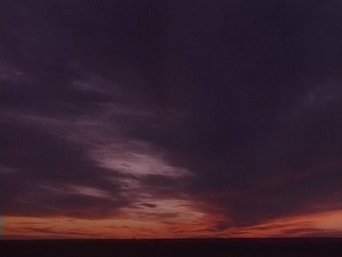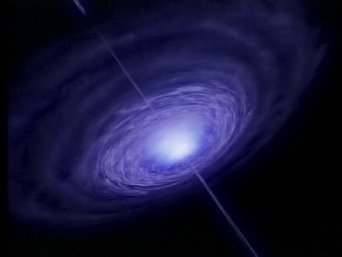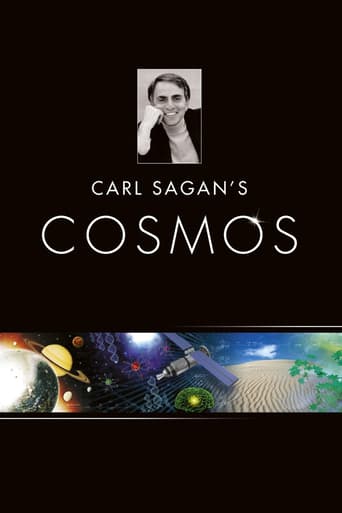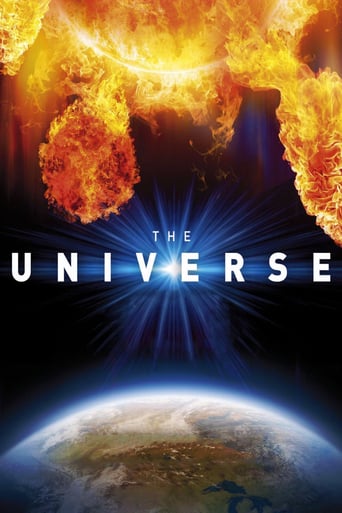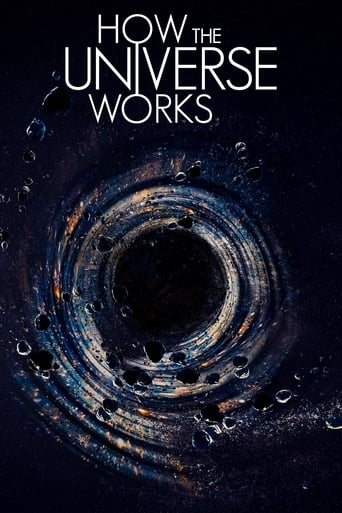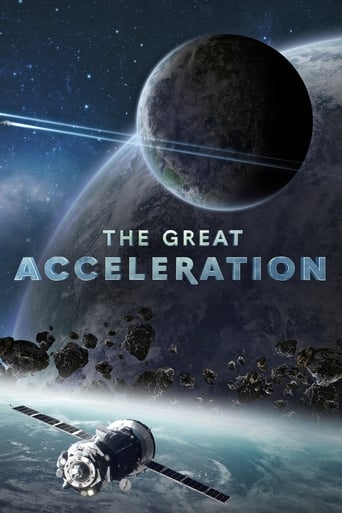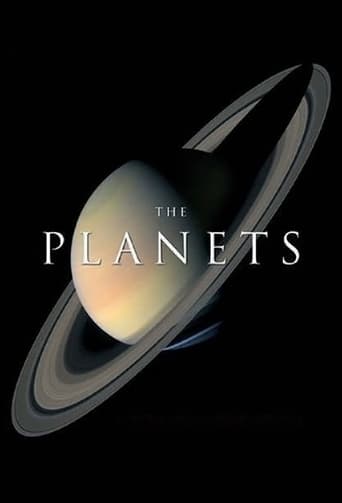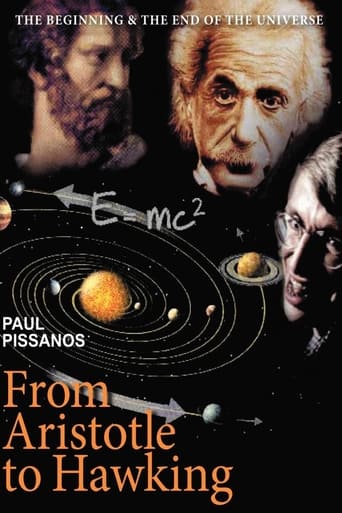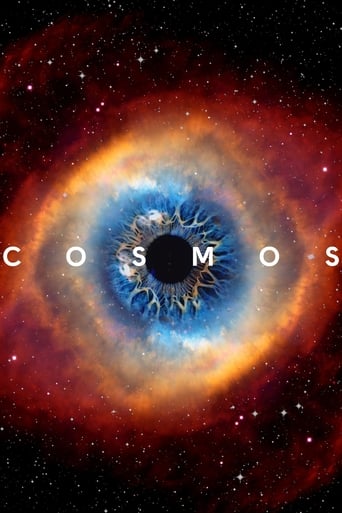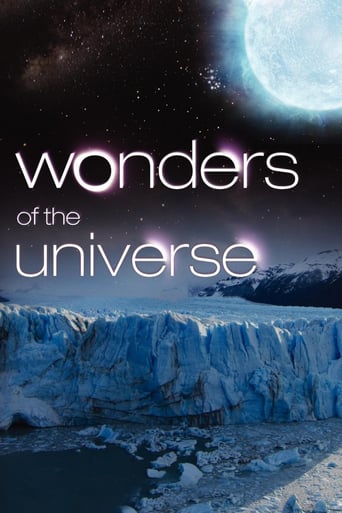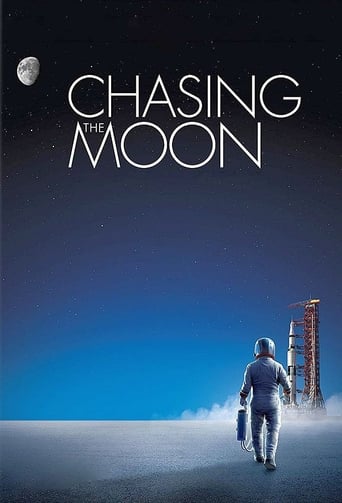The Astronomers Season 1
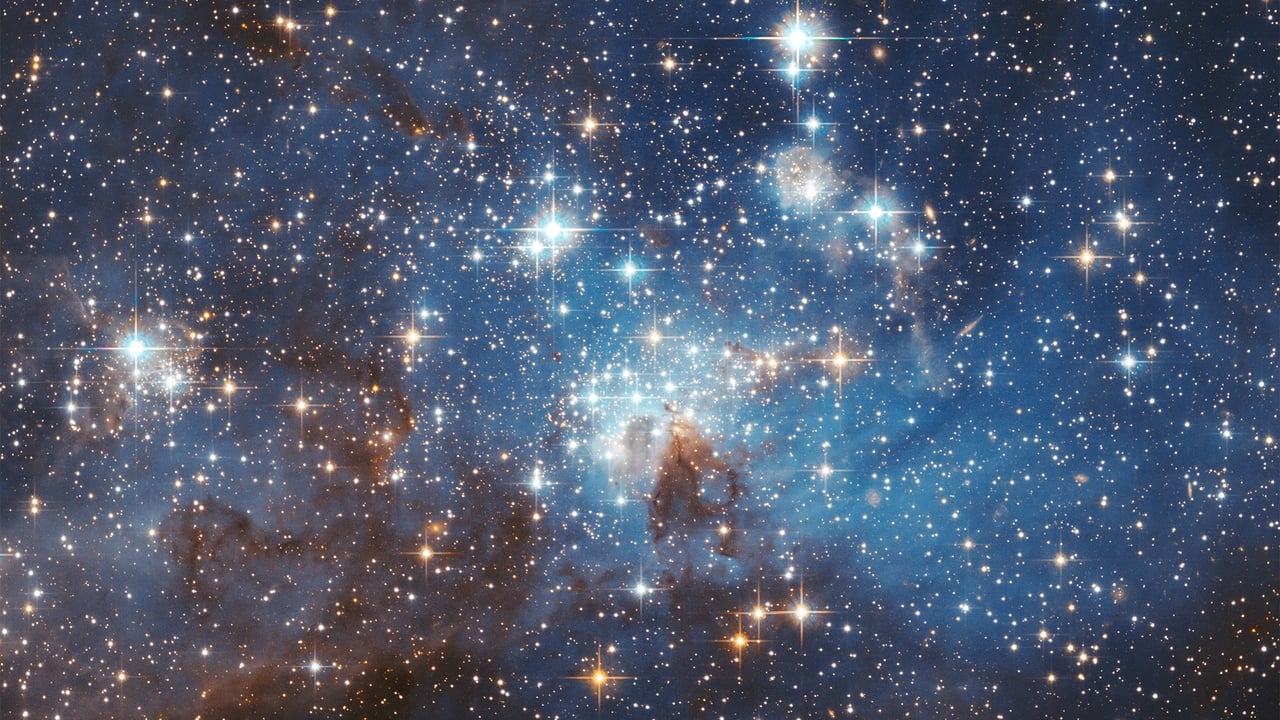
This series explores the lives and work of noted modern-day astronomers, taking the viewer into the farthest reaches of outer space in search of black holes, quasars, dark matter, gravity waves, stars and evidence of planets outside our solar system. Intriguing celestial phenomena are examined from the perspectives of the experts: the men and women that are uncovering the secrets of the cosmos. Further, the series focuses not only on professional achievements, but on the scientists' personal lives as well.
Watch NowWith 30 Day Free Trial!
The Astronomers
1991
A look at the work and worlds of leading scientists and astronomers who are helping to unlock the mysteries of the universe.
Watch Trailer
With 30 Day Free Trial!
The Astronomers Season 1 Full Episode Guide
Efforts to discover other planetary systems and to learn more about the planets of our own solar system are examined. Images are shown that have been sent back to Earth by Voyager, the space probe exploring the outer edges of the solar system.
The deaths of stars allow human lives to come into being. This episode explains how and looks at the complete life cycle of the stars that make up our galaxy. Two American scientists are shown researching the forces that bring gas and dust together with such intense pressure that nuclear fusion results and a star is born. Hans Bethe, the first scientist to explain in detail how stars are fueled, appears. Three Australian scientists look into the death of a star by studying the remains of the supernova explosion of 1987.
Gravity waves, as yet undetected but predicted by Albert Einstein, may contain the answers to many questions about the universe. Soviet scientist Leonid Grishchuk and American scientist Kip Thorne describe their attempts to prove the existence of the waves. The episode also visits a gravity-wave detector prototype and describes the three-mile-long full-scale version, planned for construction in the late 1990's. Grishchuk and scientist Stephen Hawking meet.
American and Japanese astronomers are followed as they seek to measure cosmic background radiation, the heat remaining from the Big Bang, by launching rockets and satellites above the Earth's atmosphere. Their results contribute to research into the origins of the universe. Also shown are two astonomers who are mapping the universe in 3D and discovering that galaxies have formed into gigantic groups.
At the center of galaxy NGC 1275, some 200 million light years from Earth, there might be a supermassive black hole. In a attempt to map the galaxy and look deep into its heart, an international team of astronomers has linked radio telescopes throughout Europe and America in order to produce a picture of NGC 1275. Jessie Greenstein, the co-discoverer of quasars, and Italian radio astronomer Tiziana Venturi appear.
Astronomers believe the universe contains at least ten times as much mass as can be seen and accounted for. How are they able to detect this missing mass and to discover more about it are the subjects of this episode. Astronomers Vera Rubin and Tony Tyson describe their search for dark matter, material invisible to us but whose gravity affects the motion of the stars and can alter the light reaching us from distant galaxies. In addition, John Dobson, a self-proclaimed "sidewalk astronomer," shares his knowledge with people he encounters.
Free Trial Channels
Seasons


